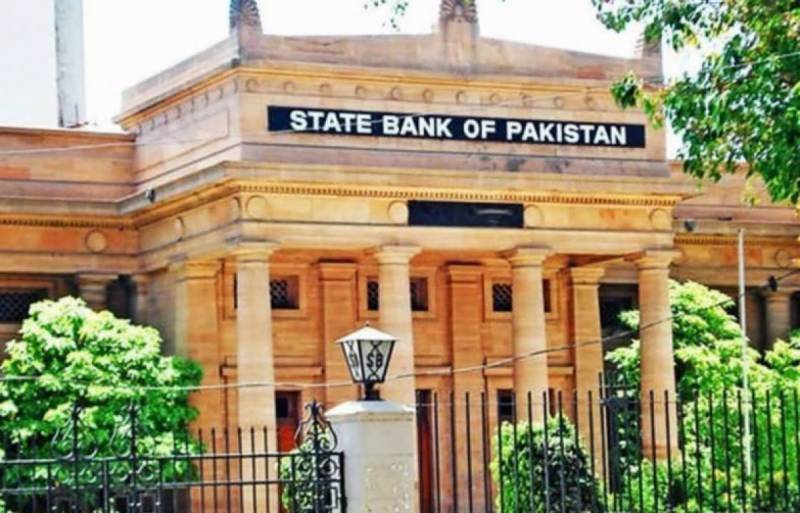State Bank of Pakistan cuts annual growth forecast for current fiscal year
Shares

KARACHI – The State Bank of Pakistan has revised annual growth forecasts to 3-4 percent for the current fiscal year.
In the Annual Report, the central bank projects real Gross Domestic Product growth below the previously announced range for the current fiscal year, citing massive floods, and the stabilisation policy as major factors.
SBP said the economy was already in a stabilisation phase before deluges, which wreaked havoc across the country. The central bank sheds light on price stability, conduct of monetary policy, financial stability, and measures to support economic policies in report.
It said Pakistan remained vulnerable to adverse developments in the global economy. Hence, a combination of adverse global and domestic developments led to the reemergence of macroeconomic imbalances during FY22.
It mentioned global commodity prices and the fallout of the Russia-Ukraine conflict effected the current account deficit, while delay in the resumption of the IMF program and political instability aggravated Pakistan’s vulnerability through the depletion of Foreign Exchange reserves.
The report said the depreciation of local currency amplified inflationary pressures by magnifying the effect of the global price surge.
It said the net inflow of foreign exchange loans and liabilities soared compared to last year, but remained lower than the planned commitment.
Mentioning a surge in commodities like palm oil and tea, alongside the supply-demand gaps in some commodities further aggravated the situation while fuel inflation remained at an elevated level during the year.
The report revealed that taxes achieved a six-year high growth and exceeded the upward revised budget for the year. The government and central bank undertook several corrective measures to curb the pace of domestic demand including raising the policy rate by a cumulative 675 bps, tightening the prudential regulations for auto and consumer financing; and imposition of cash margin requirements on a number of import items.
